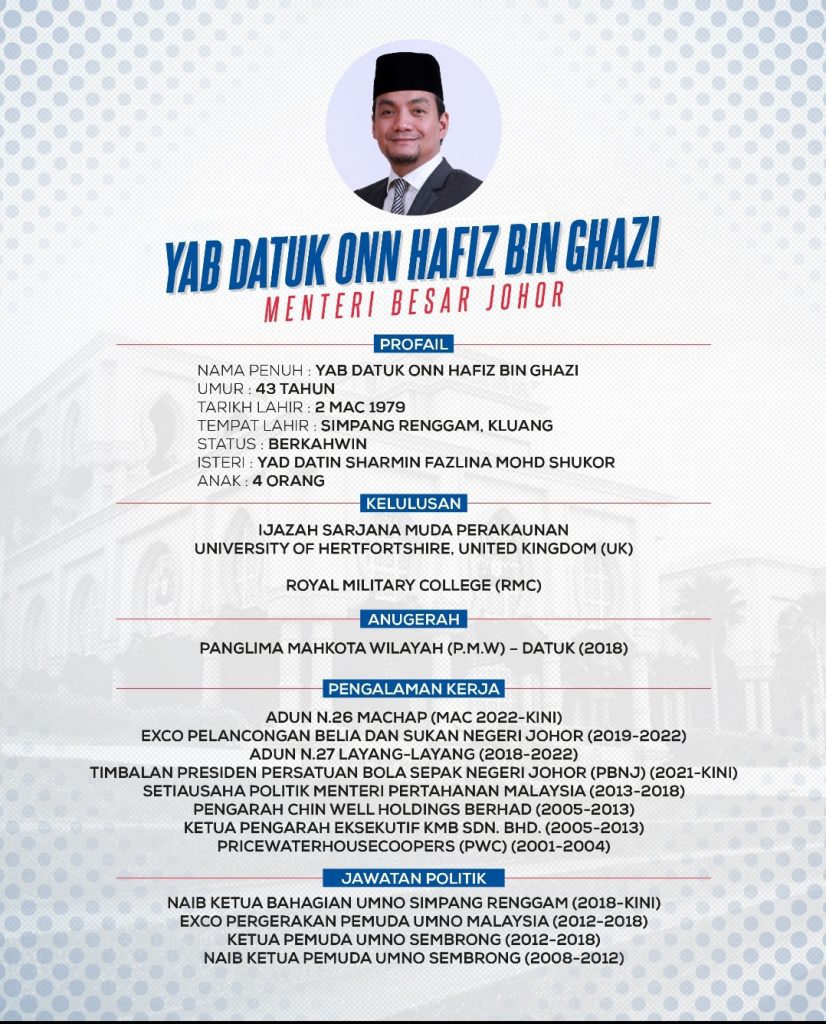By virtue of being a smaller nation, it is imperative for Malaysia to navigate the difficulties brought upon by ongoing geopolitical and geoeconomic uncertainties. To echo the sentiments of Prime Minister Anwar Ibrahim’s 2026 budget speech, decision-makers should not be lulled into a false sense of complacency by this period of relative stability and absence of immediate existential threats. Rather, peace and stability thrive from the active management and deterrence of threats. To be able to set out clearer paths for long-term economic reform with inclusive growth, digital transformation and green economy incentives will require assurance that the country is secure enough to be able to pursue these interests. This is only achievable when the country’s security and defence infrastructure is prepared and ready to do so.
The Ministry of Defence was allocated RM21.7 billion, marking a RM600 million increase from 2025. In simpler terms, it has been categorised in two broad groups: operational and development expenditures. For the former, a significant percentage of its allocation, 65% of the RM14.1 billion, went towards salaries and allowances. For the latter, asset development and procurement got the lion’s share at 74% of the allocation, with plans to acquire very-short, short- and medium-ranged air defences, two multi-role support ships (MRSS) and ten Malaysia Battalion (MALBATT) vehicles for personnel serving with the UN’s peacekeeping forces. However, this RM7.63 billion allocation amounts for just over half of what was set aside for operational costs.
Despite being RM1billion short of the initial target set in the 2019 Defence White Paper (DWP), these are still promising steps taken to address the elephant in the room: the crippling capability gap. The Malaysian Armed Forces (MAF) have been severely underinvested in, as previous budgets have been kept at approximately 1% of the total GDP. This adds pressure on the navy and air force, as there are increasing demands to ensure the security of the country’s territorial waters, as well as safeguarding national resources of the wider exclusive economic zone (EEZ). The government and the MAF has sought to address this with means including, but not limited to, MRSS, improvements to air defence such as the medium range air defence (MERAD) system and upgrades of unmanned aerial vehicles (UAV) and unmanned aerial surveillance (UAS) capabilities.
These plans also acknowledge Malaysia’s reality as a maritime state, surrounded by large bodies of water and island territories that require significantly greater reach. It demonstrates a greater willingness to defend national interests by using advanced precision-strike platforms to enhance defensive capabilities rather than just solely relying on naval and aerial assets. It also reflects a growing cognisance of broader defence trends in the region, where military modernisation efforts are centred on seeking national autonomy, strategic deterrence, and the increased awareness of threats evolving to include ranges from grey-zone coercion, asymmetric hybrid threats to high-tech warfare.
These developments carry important implications for the overall preparedness and readiness of the MAF, both important components for its credibility. Military preparedness refers to the capacity to apply capabilities to accomplish a given task, while readiness concerns the ability of a given capacity to be applied within a specific activity within a set time frame over a specific period to achieve a desired effect. Despite these considerations, much of the present concern in transforming the MAF still lies in the welfare and management of its human capital. While enhanced resource management are vital, the efforts in sustaining the MAF through career development and personnel retention must be ensured against creating lopsided effects in the ongoing modernisation process.
This highlights Malaysia’s dilemma in aligning military doctrine and strategy while balancing the demands of technological advancement, domestic priorities, and a shifting geopolitical landscape. Much like its foreign policy, Malaysia’s defence posture requires both proactivity and pragmatism in navigating these risks.
The DWP outlines the MAF’s aspiration to be prepared for armed conflict and to defend Malaysia’s sovereignty, territorial integrity and other national interests against external threats. However, the growing overlap between internal and external risks complicates this objective, blurring traditional boundaries of national security. The challenge lies in reconciling conventional defence priorities with emerging non-traditional threats. Left unaddressed, these misalignments risk compounding political, economic and social vulnerabilities
It is a sobering reminder that many of these changes will only be visible in the long-run, and only through sustained political will. Convincing political leaders and a domestically-oriented public remains a challenge, particularly when defence spending continues to be seen as a luxury rather than a necessity. This underscores the need to effectively communicate a whole-of-government and whole-of-society (WOGOS) approach. Derived from the formative views of comprehensive defence, it is a continuous process that combines internal unity, defence capabilities, security preparedness, inter-agency coordination and overall resilience. It connects the MAF, government agencies, private sectors and society in ensuring the nation’s defence is comprehensive, persistent and sustainable.
Achieving such buy-in requires a renewed approach, one grounded in specificity and genuine commitment to modernising the MAF. Without reforming procurement systems and addressing the management failures that have long undermined defence development plans, Malaysia risks repeating the same cycle of inefficiency. Without sustained coordination and commitment, the aspiration to reach 1.5% of GDP in defence spending by 2030 will remain little more than rhetoric.
It is in Malaysia’s best interest to continuously reassess its approach to the external environment and how it prepares for strategic change. The blurring of internal and external threats underscores that national security calculations can no longer occur in isolation. Beyond increased spending and broad policy statement, there must be a clearer, more tangible articulation of what a robust and ready MAF looks like. It must be one that anchors Malaysia’s national interests amid an uncertain, rapidly evolving and increasingly volatile environment. While Malaysia continues to benefit from its strategic, economic and reputational position, these cannot be a mere substitute for capable and modernised military. Defence needs to be recognised as an essential pillar of national power, not its afterthought.





